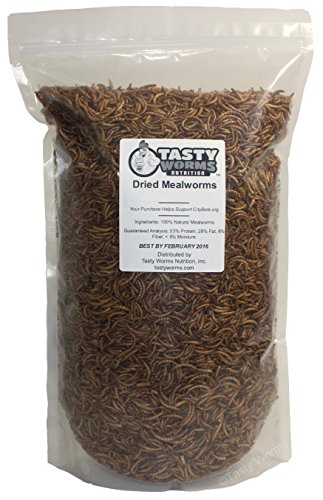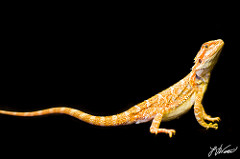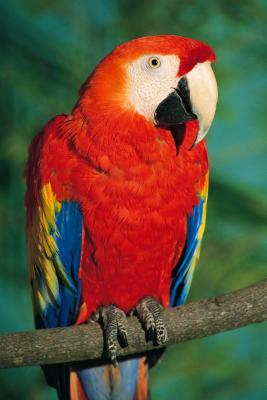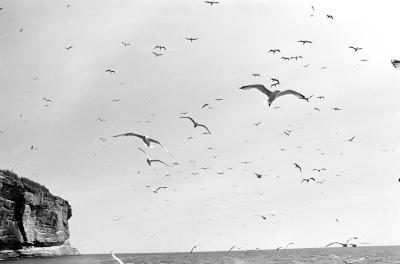The Nevada State bird is the Mountain Bluebird, which is also known as the Sialia currucoides. It is an impeccably beautiful bird. The Nevada State bird is a medium sized bird which is mostly an insectivorous or omnivorous bird in the genus Sialia of the thrush family Turdiae.
The adult Mountain Bluebird has thin bills. The adult males are bright blue in colour and somewhat lighter in colour underneath. On the other hand the female adult Mountain Blue birds are a duller shade of blue, even their wings are of a dull blue colour and so is its tail. The females and the males both have a grey coloured breast, a grey crown as well as the throat and the back. They are a combination of blue and grey which makes them extremely gorgeous.
The Nevada State bird comes from one of the relatively few thrush groups. As the name Mountain Bluebird implies, they are very attractive birds. There is no noticeable difference in the size between both the sexes of the species as they are all medium-sized.
Their breeding habitat is in the open country across the western North America, which includes mountainous areas as far north as Alaska. These birds usually nest in cavities or in nest boxes. In more remote areas, these birds are not likely to be affected by competition for natural nesting locations than the other bluebirds.
The Mountain Bluebirds migrate to the southern parts of the range; as southern birds are permanent dwellers. However, some of these birds may move to lower elevation in the winter season because of the climatic conditions.
The Nevada State birds hover and fly over the ground. They are mostly seen flying down to catch insects, and also flies that perch to catching them. They basically feed on insects and berries. In the winters they are seen foraging in flocks.
These birds are highly territorial and will most probably clash with other songbirds that compete with their nesting and food resources. They usually prefer grasslands that are scattered with abundant trees. Under most favourable weather conditions, this is mostly during the springtime; these birds produce two broods of young that amount to being about four to five eggs per clutch. The males build a number of nests for the females, and then it is the female that decides on the ultimate nesting location. Most of the individual Nevada state birds that wish to build and mount nesting boxes for bluebirds place predator baffles that are approximately 36 inches in length on the poles to prevent predation of their young by snakes, cats and raccoons. The non-native other bluebirds that compete with these birds for nesting locations include the house wren and the house sparrow, both of which have been known to kill the young Mountain Bluebirds.

 Attracting Birds to Feeders in Your Backyard
I assumed that it would be e
Attracting Birds to Feeders in Your Backyard
I assumed that it would be e
 Investigating Speedy Systems For Alligator
Alligators would be the most dangerous from the exotic pets
Investigating Speedy Systems For Alligator
Alligators would be the most dangerous from the exotic pets
 How to Handfeed a Baby Bird
How to Handfeed a Baby Bird
How to Han
How to Handfeed a Baby Bird
How to Handfeed a Baby Bird
How to Han
 How to Disinfect a Bird Cage and Bird Toys
How to Disinfect a Bird Cage and Bird Toys
How to Disinfect a Bird Cage and Bird Toys
How to Disinfect a Bird Cage and Bird Toys
 How to Help a Bird That Flew Into the Window
How to Help a Bird That Flew Into the Window
How to Help a Bird That Flew Into the Window
How to Help a Bird That Flew Into the Window